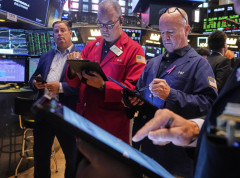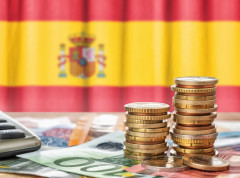The project for Europe’s largest floating neighborhood is planned in the heart of Rotterdam, on the site of the former Spurveghaven harbor. The Danish architectural studio MAST and contractor Bik Bouw are developing an innovative and sustainable residential complex that will include affordable apartments, commercial facilities, a recreational marina, and rich vegetation. The buildings will be made of cross-laminated timber and placed on floating platforms, allowing their mobility. The project addresses the housing shortage problem in the Netherlands and serves as an example of sustainable urban development integrating green technologies such as solar panels and floating reed beds for natural water filtration and biodiversity enhancement.
Political Perspectives:
Left: Left-leaning reports emphasize the sustainability and environmental benefits of the floating neighborhood project, highlighting its innovative use of green technologies, natural water filtration, and biodiversity enhancement. They focus on the social aspect of providing affordable housing and addressing urban space shortages in an eco-friendly manner.
Center: Center-leaning coverage presents the project as a practical and innovative urban development solution to the housing shortage in Rotterdam and the Netherlands. It highlights the architectural and engineering aspects, the integration with existing urban infrastructure, and the potential economic benefits without strong ideological framing.
Right: Right-leaning narratives may focus on the project’s role in efficient urban land use and economic development, emphasizing innovation and private sector involvement. They might also highlight the mobility of the buildings as a flexible real estate solution and the potential for attracting investment, while being less focused on environmental or social justice aspects.









